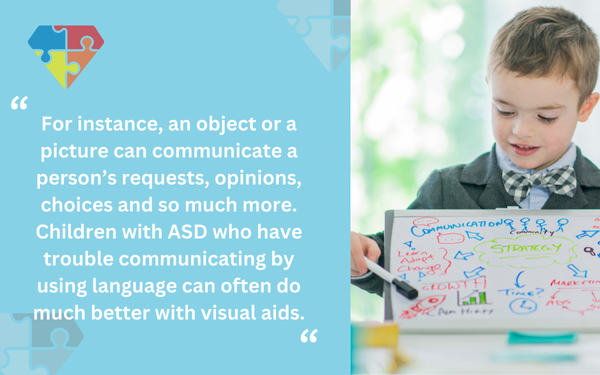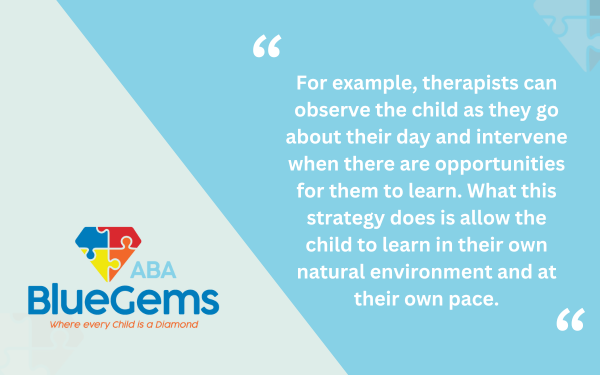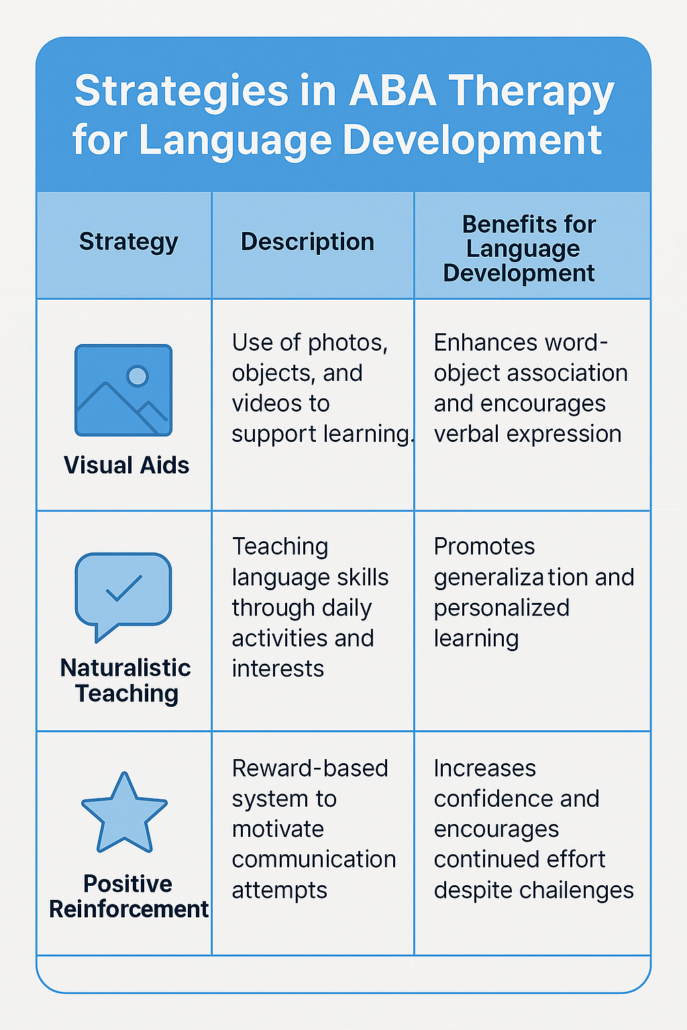Can ABA Help with Language Development?
Children who have autism spectrum disorder (ASD) can display a wide variety of symptoms. Depending on where they fall on the autism spectrum, as well as many other individual factors, they could face challenges that are very distinct from others and to varying degrees.
One of the main challenges that children with autism face is with communication. Some children experience major delays in spoken communication, for example, while others are nonverbal.
Even children who would be considered to have “high-functioning” may have trouble understanding nonverbal communication, such as body language, facial expressions and tone of voice.
Luckily, there are proven treatment methods that can help children with ASD build their communication skills over time. The leading treatment option is known as applied behavior analysis, or ABA therapy.
In this article, we’ll discuss how ABA therapy can help with language development for children with ASD.
Table Of Contents
Using Visual Aids
Children with autism are often considered to be visual learners. This means that they can understand and interpret photos, videos and other visual aids better than they can with spoken or written words.
That’s why visual aids are often used in ABA therapy to help children with language development. Visual aids can be extremely powerful as a way of communication.
For instance, an object or a picture can communicate a person’s requests, opinions, choices and so much more. Children with ASD who have trouble communicating by using language can often do much better with visual aids.

These supports are a great way to help children understand connections between objects or pictures and words that are used to describe them. Once these connections are made, children can start to understand the meanings behind words more.
ABA therapists will often use visual aids to prompt patients to do certain things, and they’ll use them to help patients begin to verbalize the words that they may have trouble speaking before.
Naturalistic Teaching
ABA therapy uses many different strategies to build communication skills, and Naturalistic Teaching is one of those. This strategy revolves around teaching children certain skills in context with other activities that they commonly engage in or in conjunction with what interests them.
For example, therapists can observe the child as they go about their day and intervene when there are opportunities for them to learn. What this strategy does is allow the child to learn in their own natural environment and at their own pace.

It’s an extremely individualized way of teaching as well, since the therapist will be responding and teaching based upon what happens in the child’s life.
Naturalistic teaching will also structure the patient’s environment in a way that offers them more opportunities to learn language skills and then use them throughout the day.
If a patient loves certain objects or toys, or is drawn to certain colors or sounds, the therapist can use that as a method to teach them language skills so they can verbalize different things about those items or sensory stimuli.
A major reason why naturalistic teaching is so effective is it meets children where they are — which results in the teachings often being applied to more generalized settings outside of formal ABA therapy sessions.
Positive Reinforcement
A key component of ABA therapy is positive reinforcement. And while this strategy is used throughout ABA therapy regardless of what skills are being taught, it’s especially effective for language development.
Studies have shown that when children with ASD struggle with language expression, they often have a negative reaction about themselves. They may feel anxious, overwhelmed and embarrassed, for example, and either act out, throw a tantrum or display another negative behavior.
What positive reinforcement does is discourage children from reacting that way if they struggle with verbal communication, and encourage them to keep trying.
Positive reinforcement can come in a number of different forms, such as extra praise or extra time with a toy the child loves. ABA therapists will personalized the positive reinforcement rewards to each individual child’s personal preferences — which further ensures that they are truly motivated to continuing working to build their language development.

Blue Gems ABA Helps Children with ASD with Language Development
Many children on the autism spectrum struggle with language development. Luckily, ABA therapy can be very successful at helping children to build these language skills, and the above are just three examples of how that’s done.
At Blue Gems ABA, our experienced team of therapists use these and many other strategies to teach children language skills, and help them modify any negative and/or harmful behaviors.
We work with children on a one-to-one basis, helping to support each individual patient in the best way possible so they can live happy, healthy, fulfilling, productive and independent lives.
To learn more, please contact us today.




